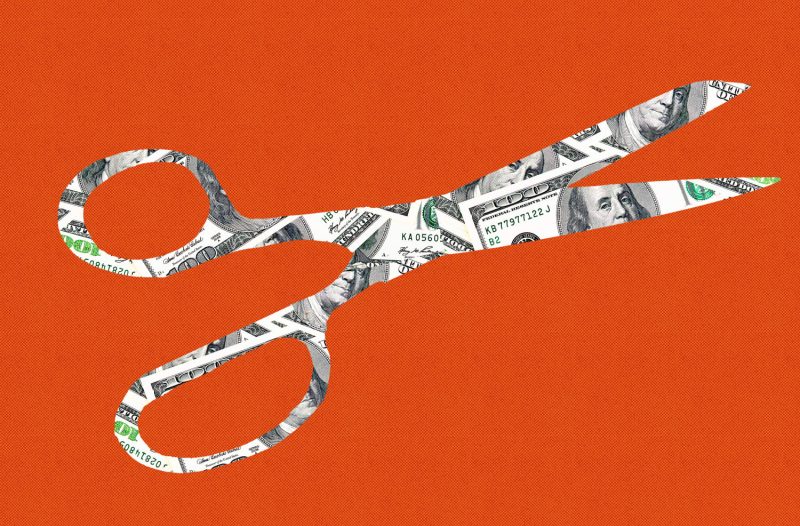As global financial markets teeter on the precipice of a prospective interest rate cut, many individuals are left wondering what to do with their money to harness the most significant possible benefits. An interest rate cut can profoundly affect the economy, inducing lower borrowing costs that support spending on business investments and consumer items. But how should your own personal financial strategy adapt in anticipation of these shifting dynamics? Here are several key strategies you might consider implementing to safeguard your finances and perhaps even gain an advantage.
1. Reduce Debt
In response to a pending interest rate cut, one of the most obvious yet vital steps to take is to constrain your outstanding debts. When rates are cut, debts typically become more cost-effective to service. This could mean that credit card debt, student loans, or mortgages may become less expensive. It would be an ideal time then to make a head start on reducing these debts even further. The key point is to use the dip in interest rates as an opportunity to pay off high-interest debts faster.
2. Home Refinance
On the note of reducing debt, an interest rate cut can present the perfect opportunity to refinance your home. The refinancing process involves replacing your existing mortgage with a new one that offers a lower interest rate. This approach can result in substantial savings, particularly if the forthcoming drop in interest rates is significant.
3. Savings and Certificates of Deposit (CDs)
Typically, when there’s a cut in interest rates, the yields on savings and CDs also drop. Hence you might want to lock in the higher rates available now before the cut. Keep an eye out for the best terms and rates in your local area or on the internet.
4. Investments: Bonds and Stocks
A drop in interest rates impacts the bond market inversely; when rates go down, the price of existing bonds with higher yields go up. So, if you already have high-yielding bonds, they could be worth more if rates drop.
For stocks, a tapered interest rate could stimulate economic activity, and therefore potentially drive up the value of stocks. It might be timely to look at potential investments in businesses that would benefit from increased borrowing and spending.
5. Diversify your Portfolio
The iconic investing adage, Don’t put all your eggs in one basket, holds even more true in the shadow of falling interest rates. Diversification distributes the risk and can protect your portfolio during these uncertain times. Consider a mix of stocks, bonds, commodities, and cash.
6. Speak to a Financial Advisor
While the tips enumerated above can give you a headstart, it always pays to seek professional help. A financial advisor will use their knowledge and experience to guide you through the complexities of finance, helping you form a plan tailored to your individual needs and circumstances.
In anticipation of an interest rate cut, it’s crucial to reassess your financial strategy to make the most out of the new financial landscape. By embracing steps such as reducing debt, refinancing household loans, optimising savings, diversifying your investment portfolio, and consulting a financial advisor, you stand to not only protect your financial health but also thrive amid changing economic tides. Each strategy carries its inherent risks and benefits, and it’s crucial to patiently study your options and make considered choices that best align with your long-term financial goals.




